Land plots represent a certain fragment of land, land, continent, that is, they are inseparable parts of the environment. Many coastal countries tend to get more land from water bodies. This is carried out by reclamation and soil bedding. The result is an artificially created allotment of land.
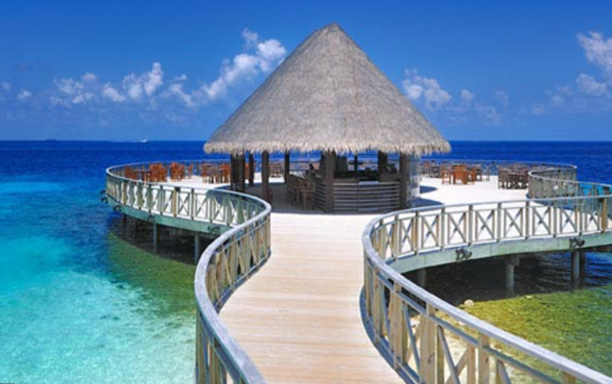
Examples of artificial objects
For example, more than half of the land of Holland is a polder, that is, a site formed artificially by drying lakes and swamps. Palm Islands in the United Arab Emirates is an archipelago consisting of artificial islands, whose area is 60.35 square kilometers. In Japan, new territories are even created from pressed garbage. It is also planned to obtain a site from coral sprouts and recognize it as territory belonging to Japan.
Despite the fact that Russia is the largest country on the planet, the formation of artificial islands is relevant for her. This is necessary in coastal cities characterized by dense buildings. For example, in St. Petersburg, part of the territory is bulk. For Sochi, a project has been developed for the alluvial island “Federation”, whose area is 250 hectares. Thus, artificial land is a hot topic at present. Therefore, it is so important to regulate the process of their formation.
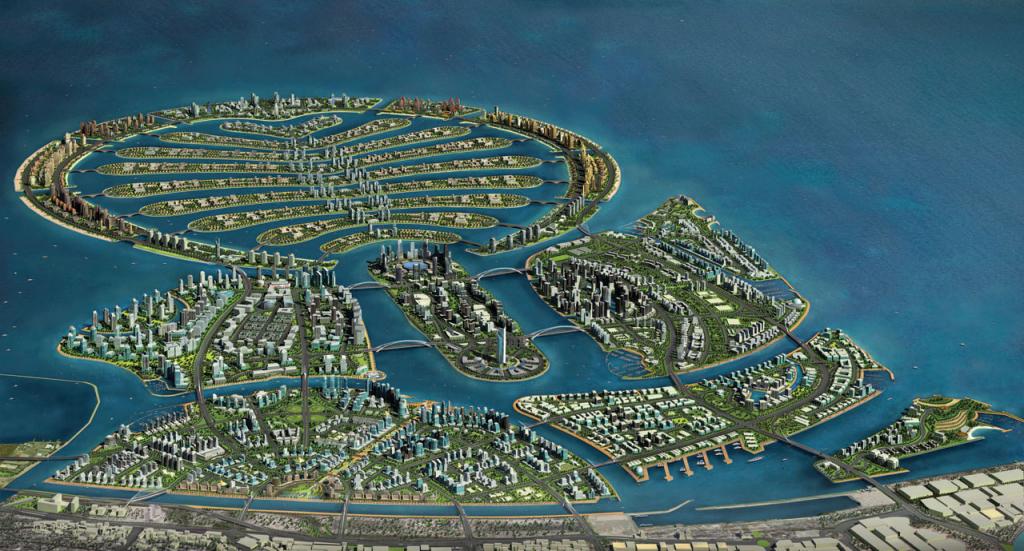
Definition yesterday and today
Currently, the main legal act that regulates the formation and development of such allotments created is the law on artificial land plots formed on water bodies located in federal ownership, No. 246-ФЗ. Until that moment, when it came into force, the definition of this section was contained in the law on seaports in the Russian Federation No. 261-FZ. At the same time, the government changed the definition of artificial land.
In the law on seaports, it was understood as an allotment, that is, a fragment of the earth's surface. Only the following description allowed us to determine that we are talking about a man-made object. The effect of this law was limited and related to the construction, as well as to the opening and closing of seaports. As a result, such a site was studied as a territory that is needed only to create port infrastructure. The order of education itself was not affected in this case.
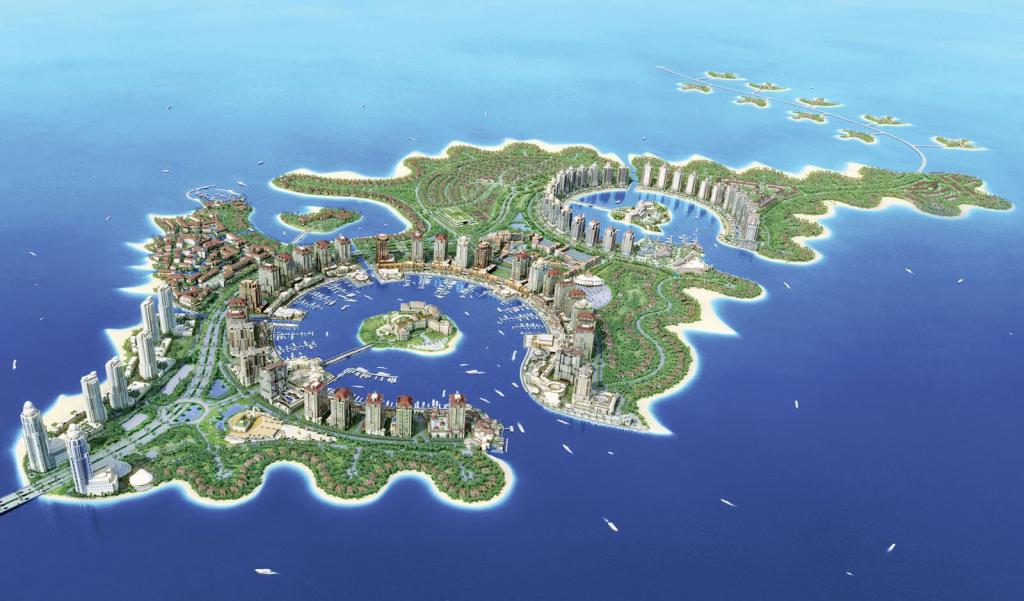
Territory or site?
An intermediate step to get the concept disclosed in document No. 246-FZ is the definition contained in the Explanatory Note to the draft law on artificial land. From the very beginning, it speaks of the territory, and not of the site. This definition was subsequently abandoned due to the fact that the State Duma Committee negatively responded to local self-government, considering its application incorrect. The reason for this was due to the fact that the territory as such cannot be formed by human labor.
As a result, the legislator defined this plot as a construction or capital construction object, which can be recognized as a piece of land if there are requirements established by law. Because of this, the artificial plot of land has lost the characterization of an inseparable fragment of the earth's surface. The definition has become more normative in nature, since the plot can be recognized as land, from which the corresponding legal conclusions follow.
In this connection, do disputes arise?
Although the law has appeared, controversial issues regarding the artificial land on water bodies remain. For example, some theorists believe that the definition itself is not correct, since natural objects that appeared without human participation belong to the earth, and therefore cannot be formed by it.
Other specialists proceed from the dual nature of these facilities, which, prior to commissioning, are recognized as the result of capital construction, and after that as a piece of land. But in fact, it is difficult to call it the object of capital construction. For example, the Explanatory Note expressly indicates that this description does not apply to these sites in the commonly used meaning enshrined in the Town Planning Code. Of course, the definition of artificial land is more than "capital construction projects." The main value in this case is given to their incomplete nature.
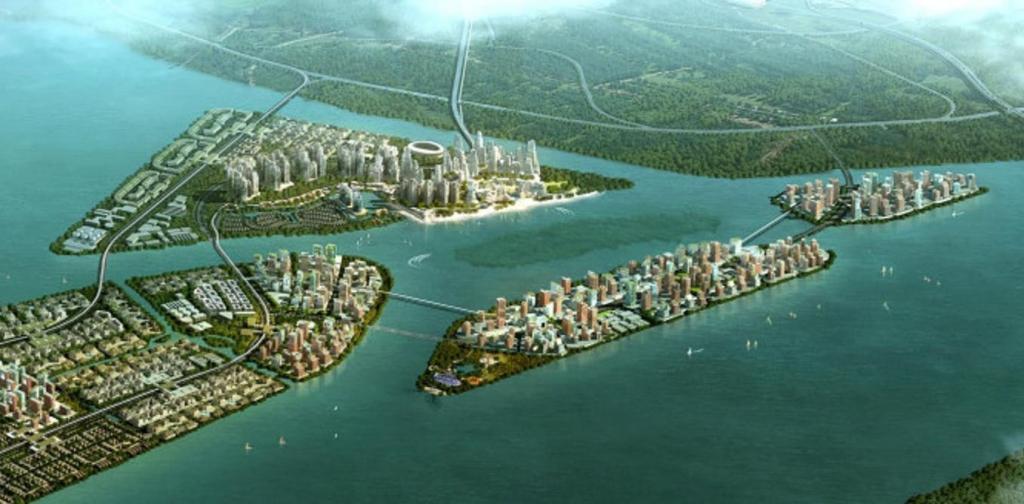
Capital construction
Giving such a name, the legislator most likely indicates that the object is artificial, technical, that is, it does not belong to natural ones. But all provisions of land legal acts apply to him. Based on the foregoing, we can conclude that this name was assigned because in civil and land law there are no rules that would regulate the regime of this object.
Differentiation of concepts
Other problems are related to the difference between such concepts as “artificial island”, “hydraulic engineering structure” and, of course, “artificial land”. Each of them is an object educated by man. Moreover, in some legislative acts these concepts are used as synonyms.
There is no fixed definition of an artificial island in the law. But this phrase is used in some legal acts. So, in the above Explanatory Note states that the island and the site are not identical concepts. The first relates to the type of structure. But in the RF PP No. 44, it is only mentioned as an object of capital construction. At the same time, the description as part of the land does not stand out. Nothing of the kind is given in SNiP 2.06.01-86 “Hydrotechnical Structures”.
The definition of a hydraulic structure, which is given in the law on the safety of hydraulic structures, does not help in differentiating concepts. It highlights the main goals of education, for example, protection from coastal destruction, floods and so on. It was believed that these goals will help to distinguish between concepts. However, in practice, the technology of object formation is identical. Also, hydraulic structures may house buildings for administrative staff and technical purposes.
It turns out that the distinction is problematic based on established norms. In this regard, difficulties also appear in practice. True, it can be noted that the island is a structure that does not have the legal regime of the corresponding section, as well as in the case of a hydraulic structure.
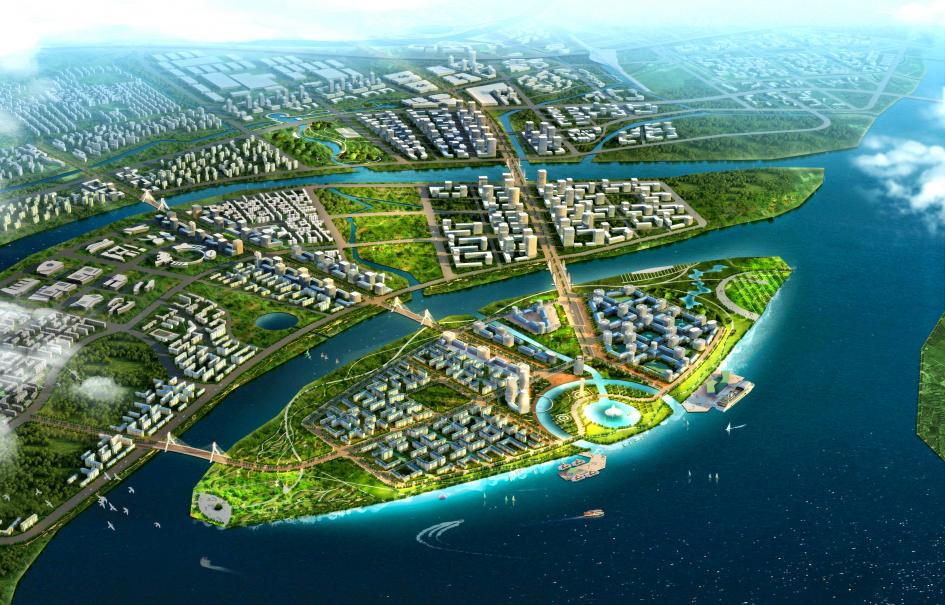
Land water fund
The definition presented in Law No. 246-FZ indicates that an artificially created land plot is formed not from the bottom surface of a water body, but with the use of the land of the water fund. In Art. 102 of the Land Code of the Russian Federation, it is said that this type of land includes those that are covered by water, and are also occupied by structures located on a body of water. The VC does not contain the concept of surface waters, but indicates the unity of them and the lands covered by them within the coastline. Together, this makes up the concept of surface water bodies. It turns out that surface waters are an indivisible whole with covered lands.
However, when creating artificial land plots, this connection is lost, and the lands of the water fund are transferred to another category.According to the provisions of the law on the transfer of lands and plots from one category to another No. 172-FZ, the lands of the water fund and plots in their composition can be transferred upon the cessation of the availability of water bodies, changes in borders, riverbed and others, including formed artificial land plots , in accordance with applicable law.
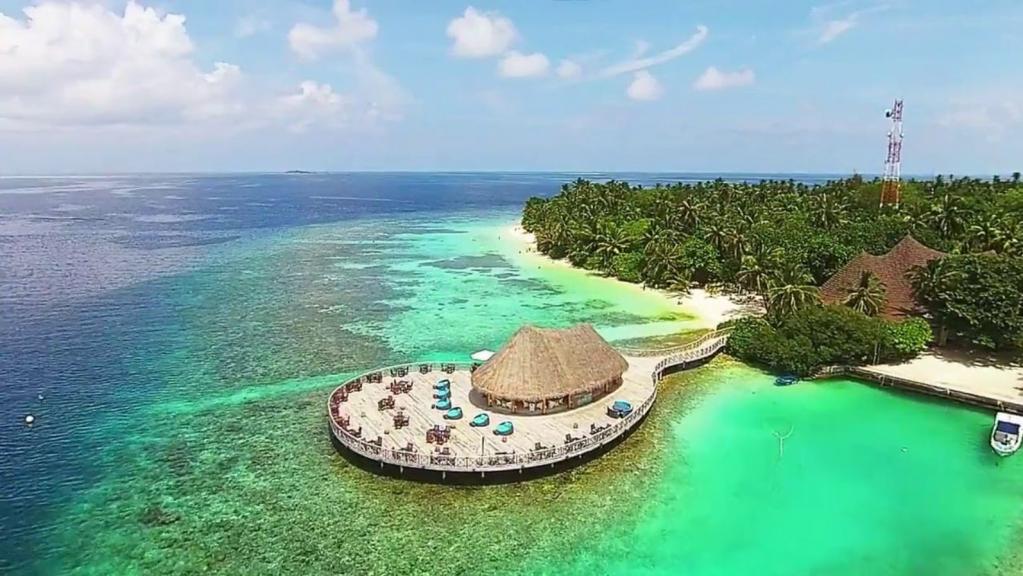
Way to create
The increment, as a way of acquiring property rights, cannot be applied to artificial land plots. Land law, in particular, law No. 246-FZ, indicates its formation. Therefore, the way property appears is determined by creation. In accordance with Art. 218 of the Civil Code of the Russian Federation, the owner of such an object is the one who created it.
Allotment education activities end when official papers are signed that confirm the site’s compliance with technical regulations, the project, and the acceptance certificate. After that, the facility is commissioned. In accordance with Art. 14 of the Federal Law on artificial land plots, such a permit is the decision to transfer the water fund lands to other categories, as well as to establish the types of permitted use of the allotment. If the site is supposed to be attributed to the lands of settlements, then after putting it into operation, changes should be made to the general plans of cities and settlements, as well as to the plans for planning the territory of municipalities with regard to changing borders.
Registration
An artificial land plot is put on cadastral registration on the basis of the law “On the State Real Estate Cadastre” No. 221-FZ. After its commissioning, the allotment acquires a new mode. The formation and operation of these sites is an interaction of such areas of law as land, water, civil, environmental and urban planning.
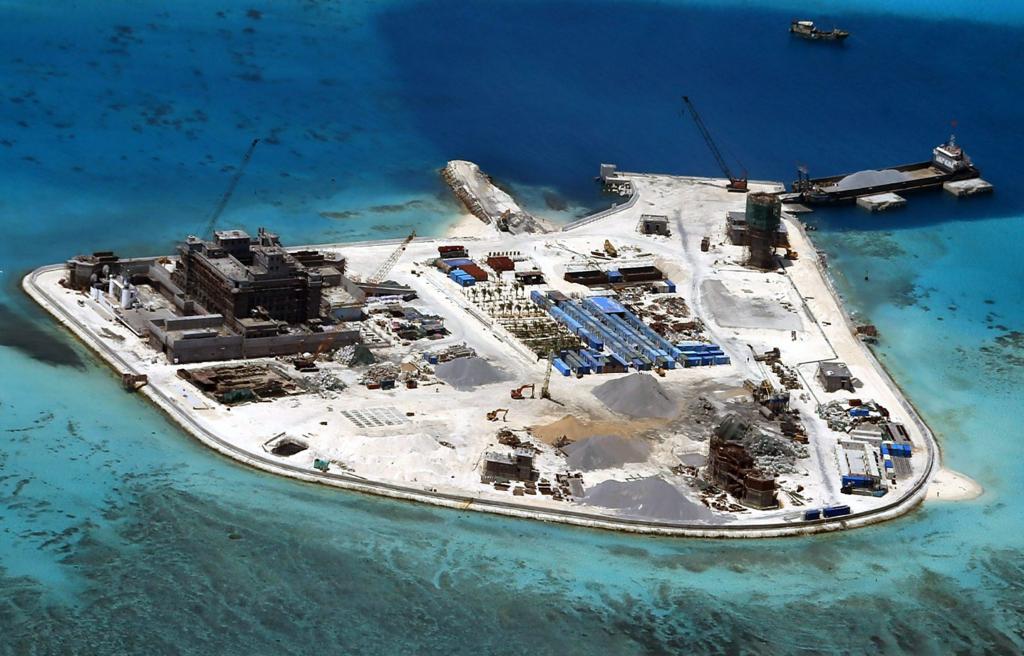
Conclusion
Regulation should be carried out only in the joint use of these standards in the implementation of legal relations. This suggests that the legal regime should be regulated through the application of comprehensive legislation. Moreover, in addition to legal norms, it also includes certain provisions that reflect specific social relations.
The need for artificially created land plots on water bodies is currently undeniable. However, this issue requires legislative regulation, for which specialists in this field have a lot of work to do now and in the future.
